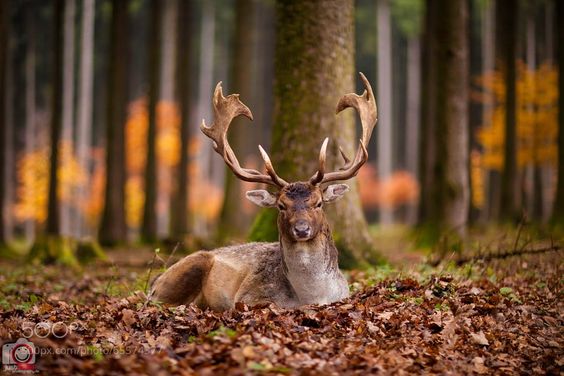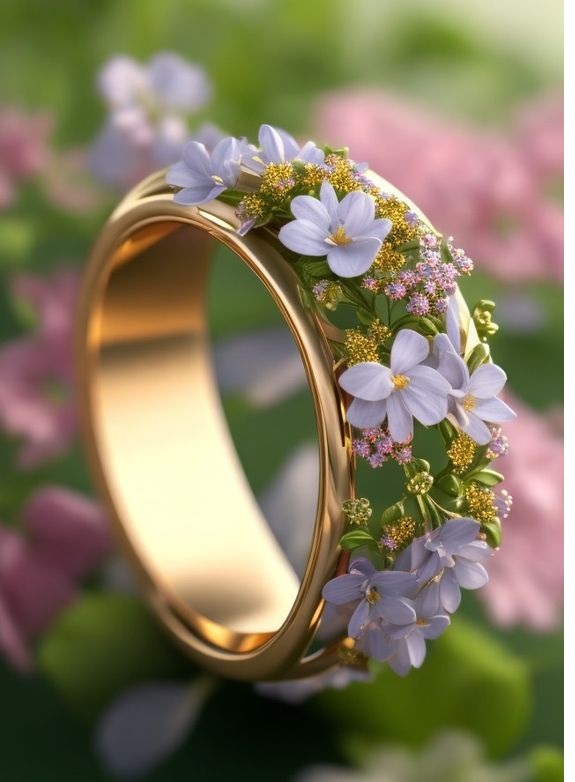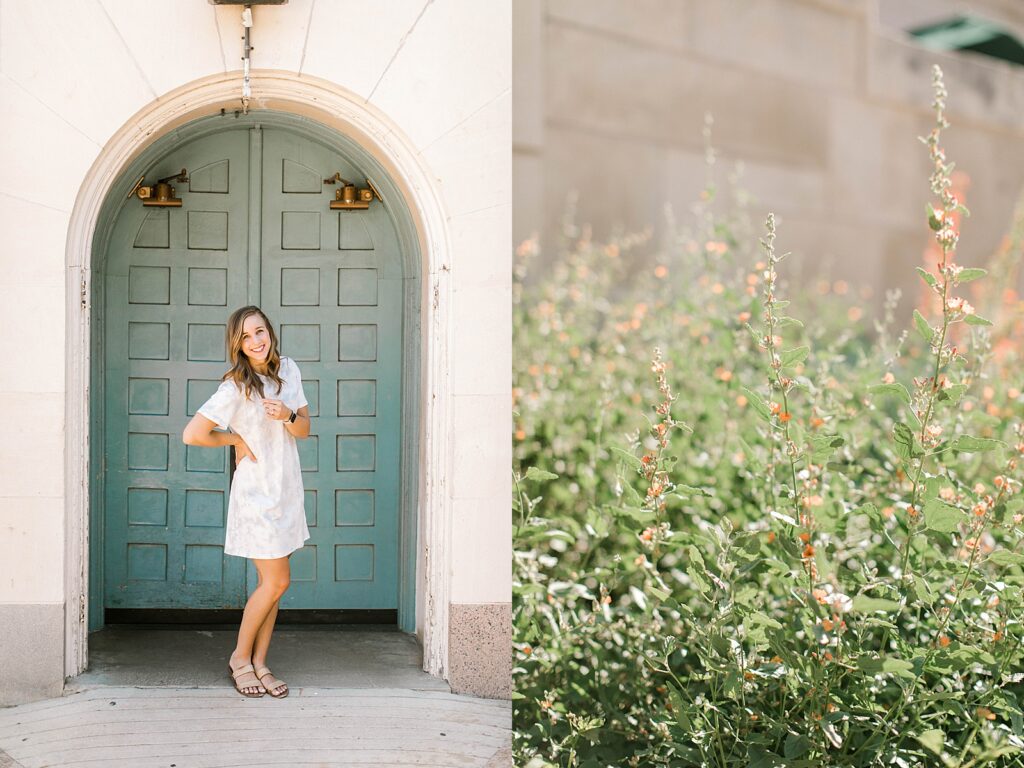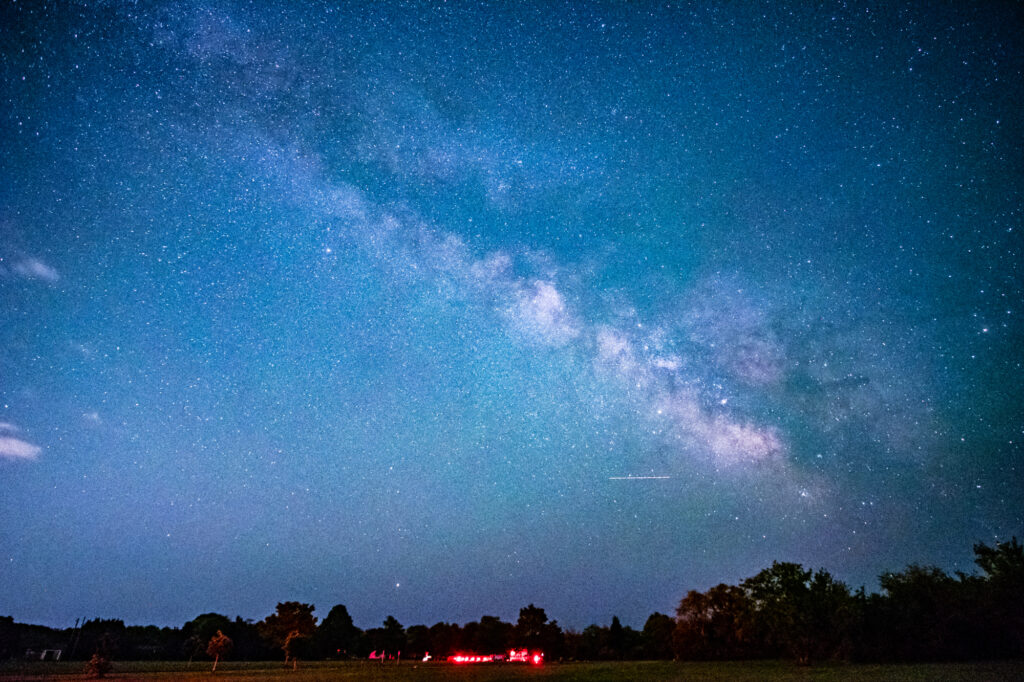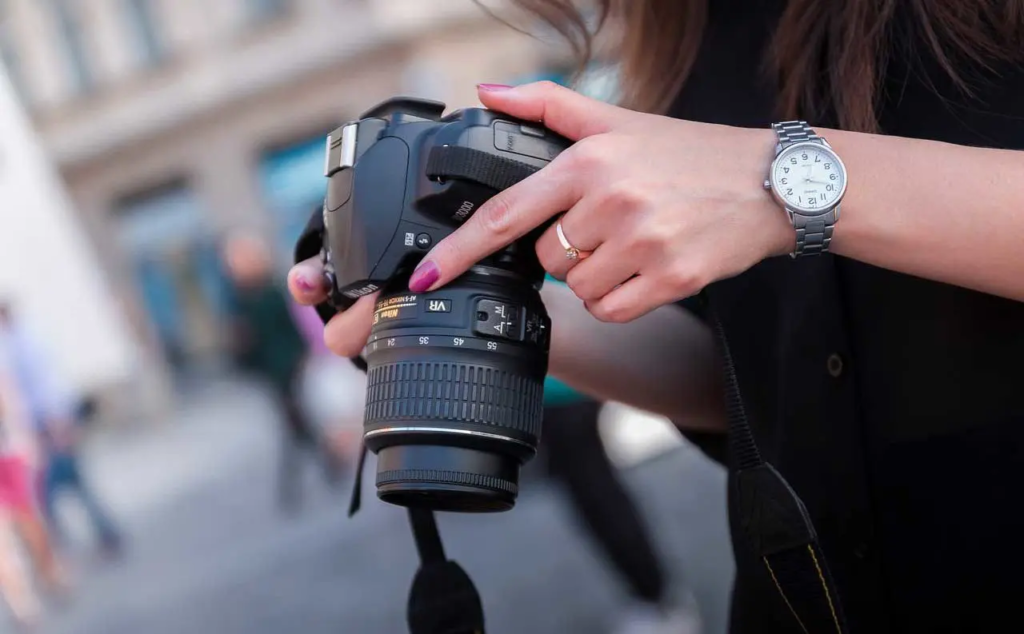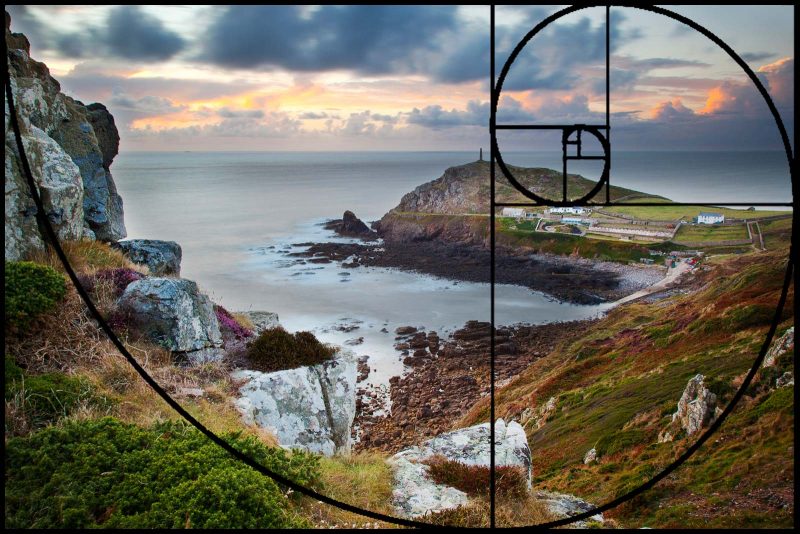For many people, becoming a travel photographer is their ideal career option. Taking pictures while travelling the world and then having your images appear in newspapers, magazines, and travel guides can be a very fulfilling career. However, it takes plenty of talent, careful planning, and willpower to become a travel photographer. If you want to see yourself as a successful travel photographer, then this Yvette Heiser – Essential Qualities Every Travel Photographer Must Have will definitely help you:
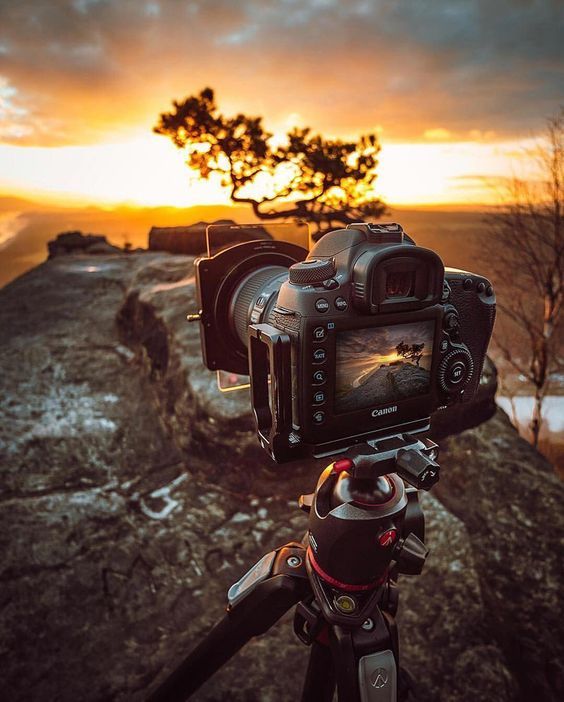
Creativity and originality
In its simplest form, photography is an artistic medium. It, therefore, requires a creative mind and a lot of imagination. When faced with an ordinary or even amazing subject, a skilled photographer should be able to interpret it in a variety of ways. Then, they should use those interpretations to create stunning and meaningful images.
In photography, composition is important, as you may already be familiar. Though there are a few fundamental composition guidelines that can help, the best guides for outstanding compositions are ultimately your imagination and originality.
Adjust quickly
Being a travel photographer is usually a lonely job where you don’t get to “settle in.” You have to get started right away and be flexible in adapting to your surroundings. It is also important to be able to modify your shot list and photographic style according to the circumstances.
It is just not enough to know how to capture good pictures while taking portraits of individuals. Also, you must be skilled at interacting with your subjects to relax them, encourage them to cooperate or generate the right kind of feelings from them. So, effective interpersonal skills and being flexible are the most essential qualities of a photographer.
Take pictures of anything.
Even if it is not possible to specialize in every area of photography, Yvette Heisersaystravel photographers need to be able to capture any kind of scene. This covers anything from sports, food, close-ups, cityscapes, landscapes, and occasionally even wildlife.
It is essential that you feel comfortable while taking pictures in both bright and low light. It is important to have compositional skills for both portraits and cityscapes. The rationale is that every shoot will differ from every place as they are all unique.
Observe what others don’t
As most sites have been photographed multiple times before, it is difficult to find a place that hasn’t been photographed. How, then, can you keep taking pictures of the same subjects? The ability to see things that the ordinary tourist misses is one of travel photographers’ best qualities.
Sometimes, it is just the way the lovely afternoon light is highlighting something or someone. Or maybe it’s a brief conversation between two locals, or maybe it’s just a tiny detail that’s easy to ignore.
Final thoughts
You have already taken the first step toward becoming a travel photographer if you want to learn how to take good travel photos. A Skilled photographer is enthusiastic about their work and open to more learning and development. If you are interested in mini photography sessions apart from travel photography, then you can learn more from Yvette Heiser’s – The Magic of Mini Photography Sessions.


